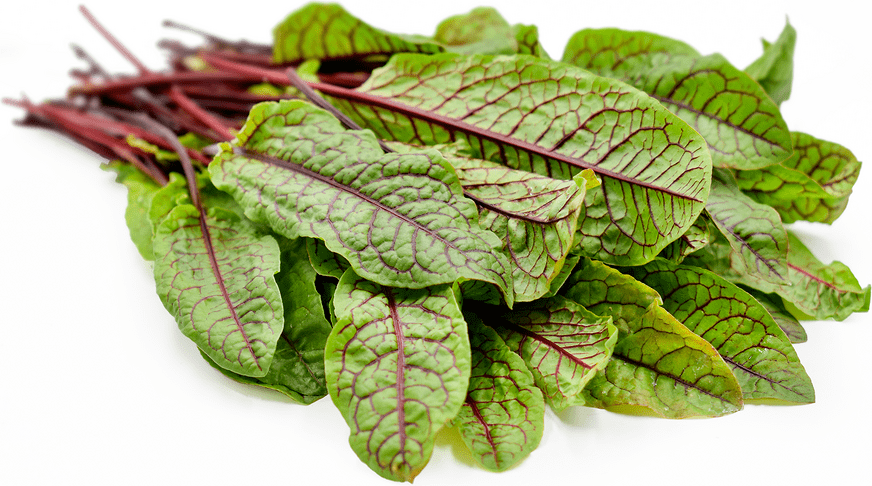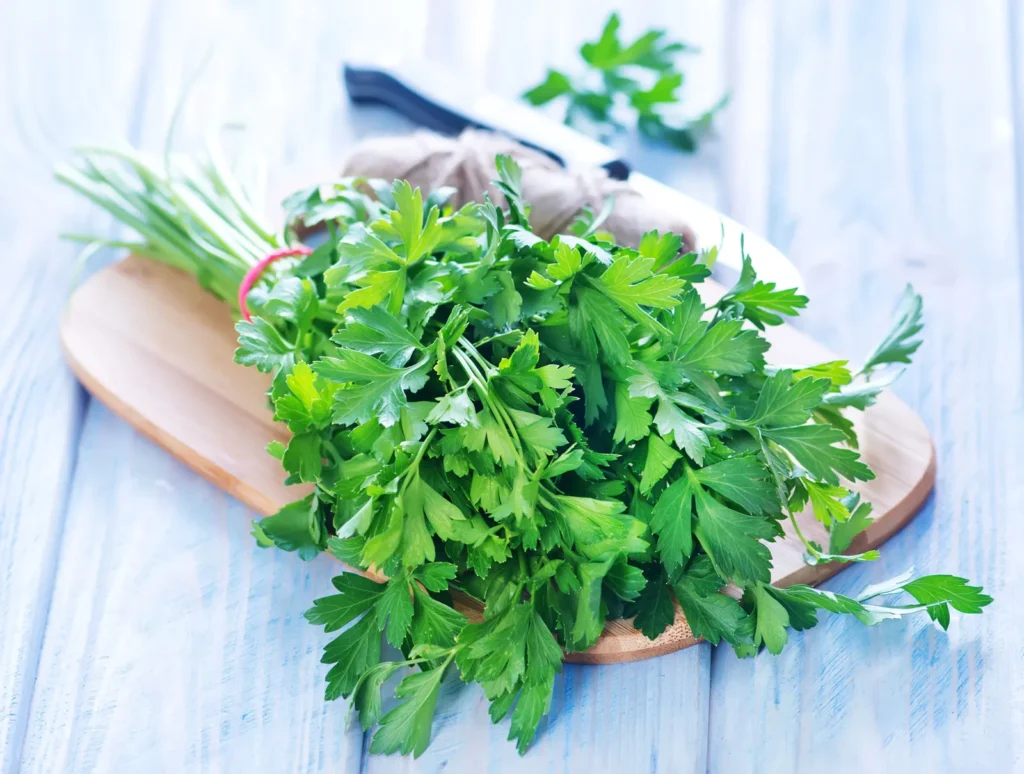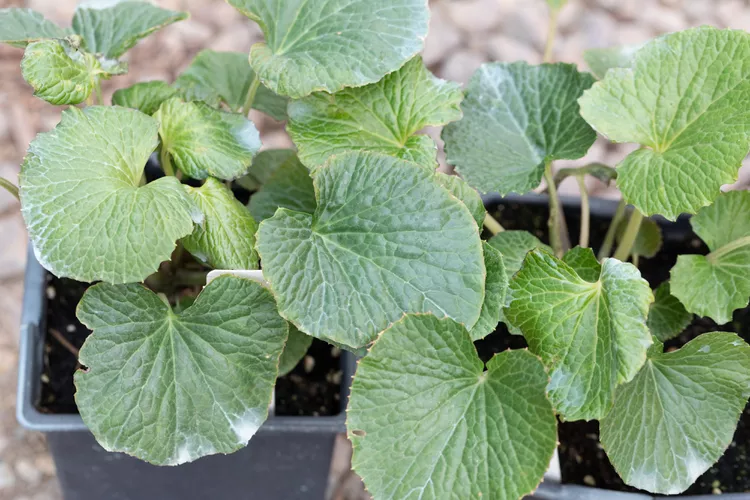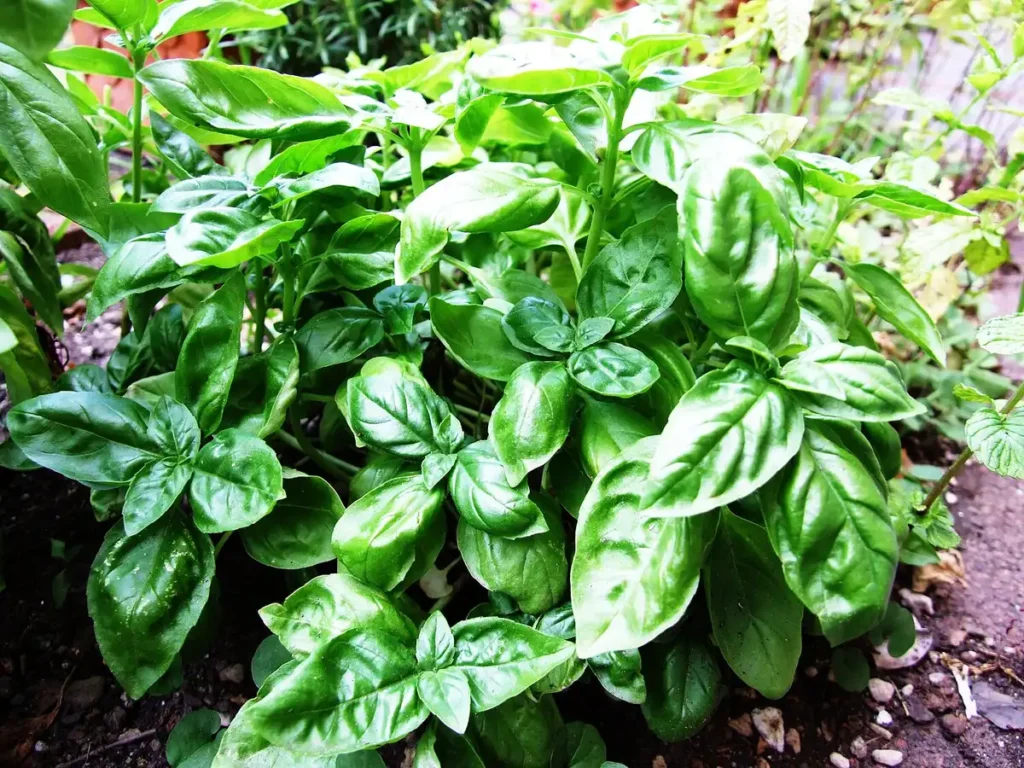
Description
The perennial herbaceous plant known as sorrel, sometimes called garden or common sorrel, belongs to the Polygonaceae family.
The herbaceous perennial sorrel is slender and grows to a height of approximately 60 cm. It has deeply rooted roots, juicy stems, and arrow-shaped (sagittate) leaves that emerge from a rosette. The lower leaves have a length of 7 to 15 cm, large petioles, and a membrane ocrea made of covering, united stipules. These are sessile upper leaves that often turn red. It features whorled spikes of reddish-green flowers that turn violet after they bloom in the early summer.
Habitat
From the northern Mediterranean coast to the north of Scandinavia and into portions of Central Asia, Rumex acetosa can be found in grassland environments throughout Europe. It is found in some areas of Australia, North America, and New Zealand as an imported species.
Uses
For centuries, humans have been growing common sorrel. The leaves can be added to salads or puréed and used in soups and sauces. They are palatable when fresh but become harsh with time. The taste of the herb is distinctly sour and harsh.
It tastes tart and lemony and is frequently used in curries, stews, and soups. It is also used medicinally, where it is said to help heal oral ulcers, reduce inflammation, and encourage a healthy digestive system.

Varieties
In herb gardens all around Europe, French sorrel, or Rumex scutatus, is a popular plant. The English sorrel, often known as common sorrel, has broad leaves that resemble rocket and spinach combined. The bell-shaped French sorrel leaves are best eaten uncooked and are recognized for their tangy, acidic bursts of sour citrus flavor. Both varieties grow to be around six inches high. Compared to French sorrel, common sorrel has a slightly milder citrus flavor.
The vivid green leaves of the red-veined sorrel (Rumex sanguineus) have electrifying crimson veins. Compared to other sorrel varieties, this one has less of a tart kick, which makes it a more subdued and gentle addition to salads.
The leathery leaves of sheep sorrel (Rumex acetosella) are best used as a flavoring in soups and stews, which soften its more robust texture and bring out the flavor of rhubarb.
Plant Care
- Select a location in your garden that gets at least six hours of daylight since sunflower plants prefer full sun.
- Although sorrel seeds can be started inside, it’s more convenient to plant them straight in the garden or in containers because sorrel is one of the few crops that can be planted as early as two weeks before the last frost date. Plant seeds, transplants, or propagated cuttings ½ inch deep and four inches apart. Once a few inches tall, use shears to thin the strongest shoots to stop them from spreading.
- Water sorrel plants need one inch of water a week on average. In extremely warm heat waves, drink more water as needed.
- The greatest danger to sorrels is aphids. Use companion planting techniques to ward against aphids, or blast the pests from the leaves with a hose.
- By adding organic matter to the soil, mulching can control soil temperature and moisture retention while preventing weeds from covering newly emerging leaves and sprouts.
- The sorrel plant has the ability to bolt, or send up flower spikes, when the temperature warms. Cutting off blossom stalks as soon as they emerge will increase the plant’s output by rerouting energy back into the leaves.
Table





